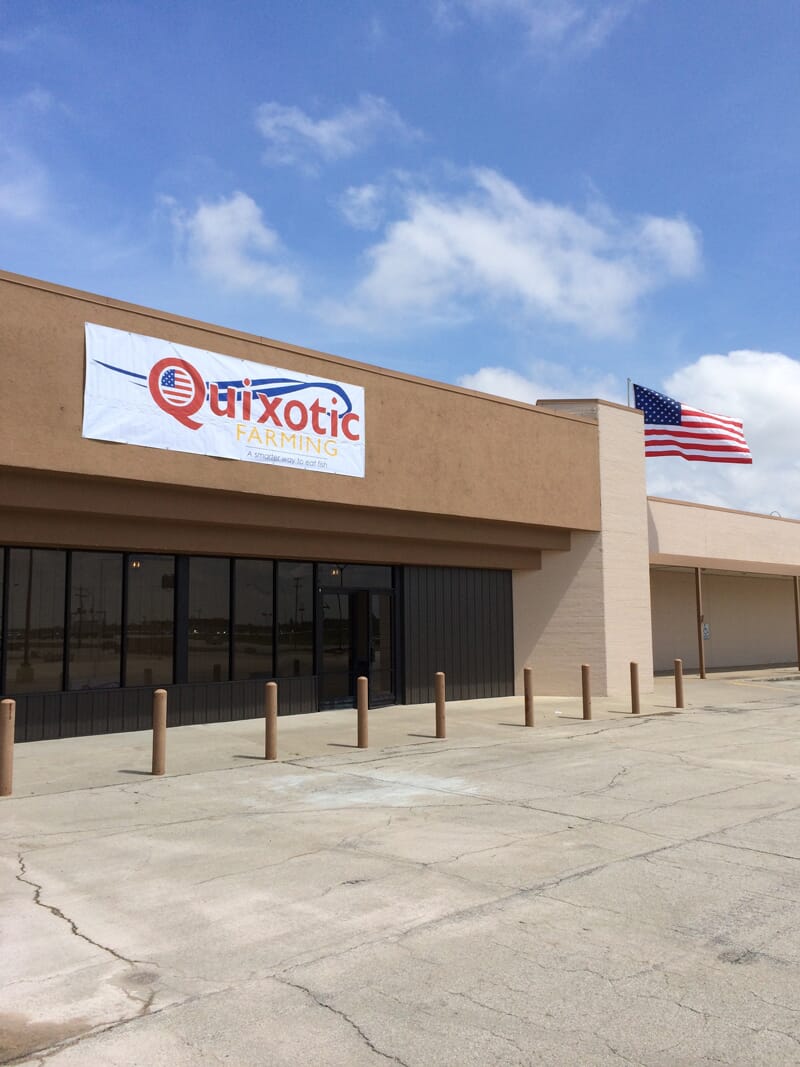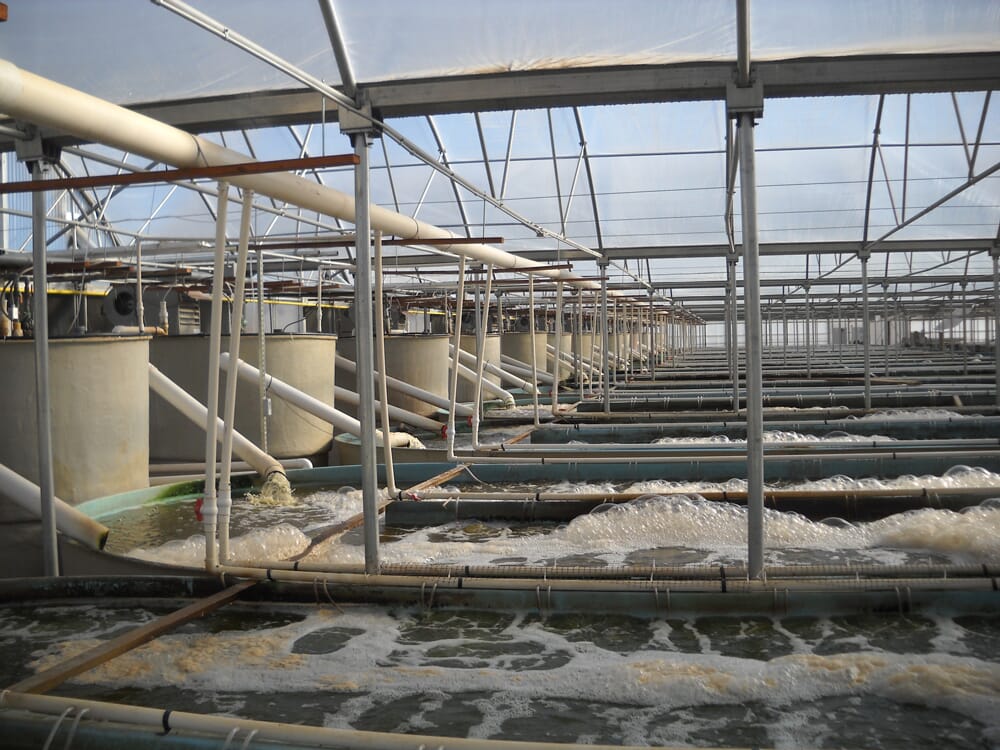Feed is usually the number one operating cost for aquaculture businesses, and the search for cheaper alternatives to traditional sources of nutrition has been the subject of intense industry research for some time. Quixotic Farming, a family-owned seafood company that raises sustainable tilapia in the United States, is searching for ways to alleviate costs by producing its own feed alternatives on-site.

Quixotic Farming began raising sustainable tilapia in Colorado in 2011. Since then, the company has expanded its operation to include a processing facility in Colorado as well as a second farm site in Missouri.
“There are lots of people researching feed alternatives for a number of reasons, whether it be financial, environmental or otherwise,” says owner, Randy Constant. “At Quixotic Farming, we are hoping we can use our own resources to create an alternative that will help other farmers all over the world and the environment.”
The first step in finding the best alternative feeds, Constant says, is exploring the options, and the first he hopes to experiment with is his own crops.
Constant began his farming career as a pioneer in the organic industry 20 years ago. He started his first company, Organic Land Management, in 2000. Under Constant’s direction, OLM has become a leading organic grain merchant in the United States, primarily brokering corn, soybeans and wheat.
Fish require a combination of essential nutrients, both to stay healthy and to ensure they are themselves nutritious enough for human consumption. These nutrients are supplied by several elements in their feed, including fish oils, fishmeal, vitamins, minerals and plant proteins. Soy is a common plant protein used in the feed of herbivorous fish such as tilapia. According to research from Reed Mariculture, Inc, grains such as soy have been favoured as a fishmeal alternative due to their low cost and their high protein value, which is important for the health of the fish. Constant would like to explore this option by using his own soy to develop an alternative feed for Quixotic Farming.

“The use of soybean meal has shown great promise in the industry,” says Constant. “And we have a great supply to work with.”
Not only does Constant have a steady supply of grain for manufacturing feed, but the grain also meets the highest quality standards for certified organic produce in the United States, making it not just sustainable, but also a clean, organic feed.
“With more options for organic feed in the United States, there might be more of an opportunity to explore an organic standard of seafood in the US, as well,” says Constant.
Another alternative Constant plans to explore is using Quixotic Farming’s own fish supply to create fishmeal for feed. Fishmeal and oil are key components in a nutritious feed. They are both in high demand, and these ingredients keep feed prices rising. According to the NOAA, 75 percent of fishmeal and oil come from small, open-ocean fish such as anchovies and sardines that have short life cycles, which breed and replenish stocks rapidly. However, the future growth of aquaculture will need more fishmeal and oil than these marine fish can provide. One of the possible options to help reduce the dependence on such marine fish is using fish-processing trimmings as an alternative source of fishmeal.
Quixotic Farming processes on average 10,000lb of tilapia a week into fillets. The scraps from the processed tilapia – in addition to the fish that are too small to process – would generate about 6,000lb of waste a week, which could be used to produce clean, sustainable fishmeal.
Algae is another alternative to marine-fish ingredients that Constant and his Quixotic team have been looking at. Algal protein, unlike many other plant proteins that have been studied, contains all the essential amino acids needed to maintain fish health. However, there are several varieties of algae, all with different constituents that can either impede or improve the growth and health of farmed fish. Quixotic Farming has already joined up with academic research teams to study these types of algae and plan to grow a range of variations using the fish waste and nutrient-rich water from their own farms.
The current range of conventional feed ingredients will not be able to support the sustainable growth of aquaculture in the years to come. But, as both research and Quixotic’s practices have shown, there are alternatives that are showing great promise. Constant and Quixotic Farming are eager to team up with other farmers, feed mills and manufacturers who would like to assist with their vertically integrated feed production and research.

“Our current fishmeal and oil supply is not going to be enough for the future of aquaculture,” says Constant. “We have to look to our own resources to keep the feed industry sustainable.”
If you would like more information about Quixotic Farming, visit www.QuixoticFarming.com.


